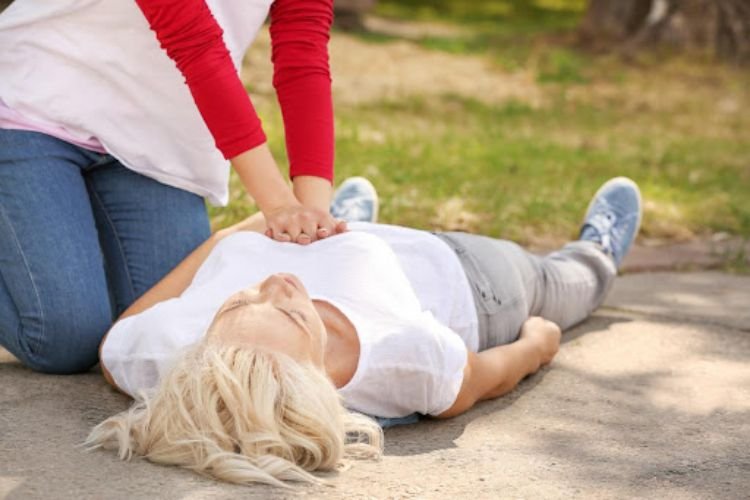 The American Heart Association estimates that only around 30% of Americans know how to perform CPR.
The American Heart Association estimates that only around 30% of Americans know how to perform CPR.
Even with the sweeping changes upending many areas of everyday activities, we should continue to learn CPR. Not only does it save lives, but knowing how to use it could save the life of a family member, friend, or stranger.
Why is CPR important? Read on to learn the benefits of CPR and how it could save someone’s life.
What Is A CPR?
CPR stands for cardiopulmonary resuscitation and is a specialized medical procedure used in emergencies to restart a person’s heart if it has stopped beating. It is one of the most important lifesaving techniques that can be used to revive a patient who has suffered cardiac arrest or other heart-related problems, as it is a crucial form of medical support.
What Are the Benefits of CPR?
The benefits of learning how to do CPR include knowing how to do this potentially life-saving skill to help others in emergencies, knowing that you can assist in times of need, and being prepared in an emergency.
CPR Saves Lives
One of the biggest benefits of CPR Kitchener is that it can save a life in emergencies when medical help is not readily available. By applying chest compressions and rescue breaths, CPR can help restore circulation and oxygen to the brain, potentially preventing irreversible damage and death.
You’ll Know What to do During a Cardiac Emergency
Knowing CPR is also important for easing the burden of emergency responders, who may be delayed in arriving due to distance or difficulty accessing the scene of an emergency. Lastly, learning CPR empowers individuals since it provides the confidence and skills needed to assist those in need before emergency services arrive.
How to Perform CPR
Place one hand immediately above the other, using the heels of the hands over the patient’s lower to mid-sternum. Keep arms straight, press the chest down two to two and a half inches, and return to starting position. Repeat this continuous cycle of chest compressions at a rate of 100 compressions per minute.
After every 30 compressions, the rescuer should give the patient two rescue breaths. After each set of rescue breaths, return to chest compressions and then continue with the procedure.
Who Can Learn CPR?
Many people come to CPR classes to learn how to use it, but actually, anyone can learn it. With a few materials and reliable sources, anyone can learn the basics of CPR. Watching a tutorial video or reading a few instructional steps takes just a few minutes.
The trick is to do the chest compressions systematically, allowing enough air, and sometimes even rhythm, to get through to the lungs. If you want to learn about CPR, there are group discounts that you can avail of. Check https://cprcertificationnow.com/pages/group-discounts for more information.
Why is CPR Important
Knowing why is CPR important for saving lives is essential in medical emergencies. CPR skills and performing CPR quickly is essential for effectively providing cardiopulmonary resuscitation. Therefore, it is never too early to start learning how to perform CPR so one can be adequately prepared to face and manage a medical emergency. Take action now, sign up for a CPR course today, and be ready to save a life!
Found this article helpful? Be sure to visit and read the rest of our blog for more informative ideas.




